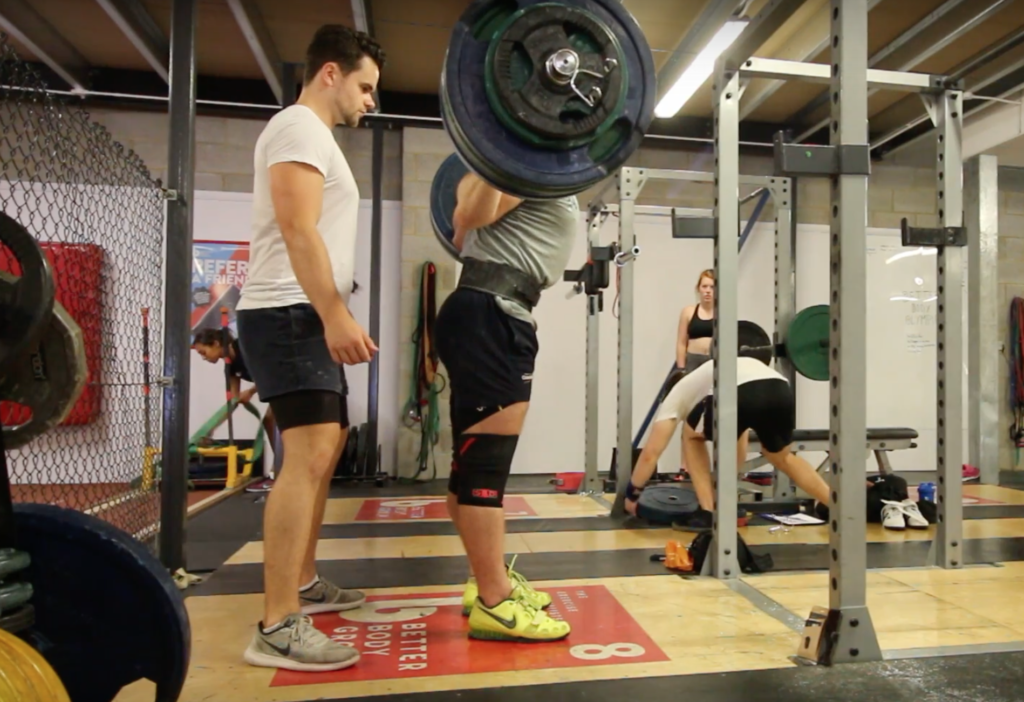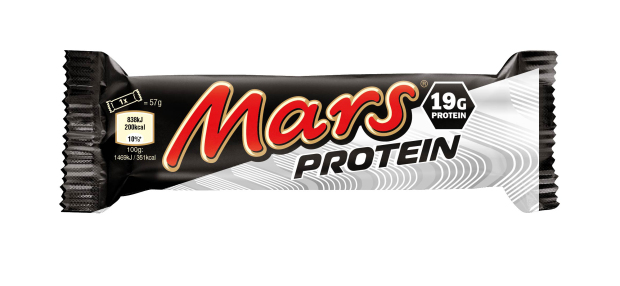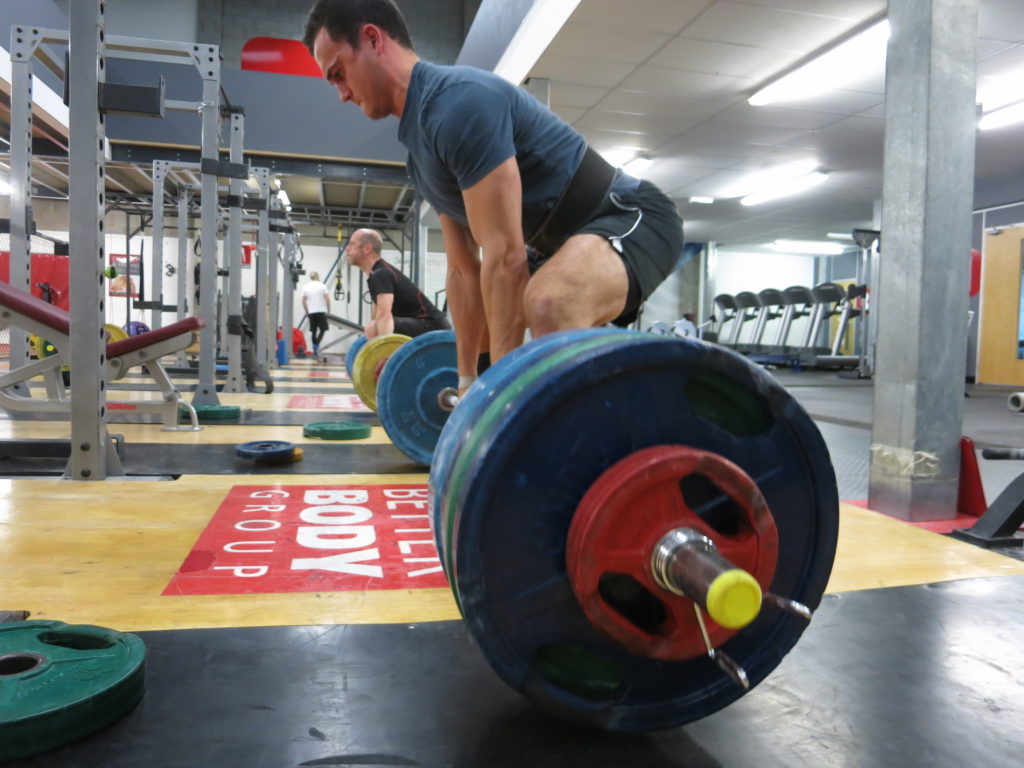5 Insanely Easy Ways to Stick to Your Diet
“The best diet is the one you can stick to”
Is probably my #1 nutrition and fat loss tip.
As simple as it is, it’s 100% true.
Adherence truly is king.
How often have you tried to do some thing extreme with your diet, yet a week or two in you can’t maintain it because it’s too damn difficult, making you an unhappy chappie with no results?

If this is you, don’t keep flogging a dead horse, keeping things the same with no results to speak of. Time to make some changes.
1. Count calories
I go on a lot about counting macros, but providing that you’re eating a generally balanced diet with a variety of different foods, just counting calories is probably enough.
In fact, a ton of my clients count calories first and foremost with consideration of macros coming a very distant second.
There is no magical macronutrient ratio, and unless you’re quite advanced or in a very aggressive calorie deficit to get results like in my Fast and Forever Fat Loss approach, the stress of being too neurotic about macros might actually be detrimental, mainly to your sanity.
For fat loss calorie intake, a good place to start would be bodyweight in lbs x10-12 (10 if you’re sedentary, 12 if you’re active).
For example if you’re 185lbs, have an office job and only train 2 times per week then you’d start with 1850 calories per day (185 x 10).
If you’re losing more than 0.5kg/week then up your calories by 100 each day for a week and repeat this process until your weight loss normalises to 0.5kg/week. Much more weight loss than this could mean muscle loss and that’s bad mmkay?
Not losing any weight? Then do the reverse.
2. Get enough protein
Eat a portion of protein with each meal and snack.
Not only does protein keep us from losing muscle whilst in a calorie deficit, but it is also very effective in keeping us full, which also boosts adherence to our diet… It is of course much easier to stop binges and going over our recommended calorie intake if we feel full!
You may be thinking:
“What’s a portion though?”
A portion is a lean protein source such as chicken breast, extra lean beef, eggs, fish, protein powder and 0% fat Greek yoghurt, that provides ~30-50g per meal.
If you’re not a macro counter though, a portion the size of your palm will likely fulfil the criteria above pretty closely.
3. Be flexible
I don’t mean working on your mobility, I mean being flexible with your diet.
There are many definitions of flexible dieting out there, but I see it as hitting your individual nutritional targets, whether that’s:
• Macronutrients
• Calories
• Grams of fibre
• Portions of fruit and/or veg
And doing so in a manner that suits you. No rules set in stone.
For example, like big meals in the evening?
Then eat the bulk of your calories with dinner.
Enjoy a few beers on Friday night?
Have them, with little negative consequence, provided there’s room in your macro/calorie allowance.
Don’t worry about what you’ve heard about not eating carbs after 6pm, or alcohol blunting fat oxidation, it’s all minutiae that have little, if any bearing on your results.
Dieting in a way that suits YOU and your preferences rather than someone else’s is key for adherence.
4. Crank up the volume
It is of course an individual thing but most people like having big meals, or at least feel satisfied hunger wise after finishing whatever is on their plate.
However, when it comes to dieting, what most people do is cut their portions down, which is great from a calorie reduction perspective, but our stomach is going to notice that hole, and it’s going to signal to your brain that you’re hungry.
Enter “volumising” your food.
This is adding size and bulk to your meals without many additional calories. Vegetables, lean sources of protein, fruit and a few little volume adding tricks are all excellent here.
Cut down your portions of spaghetti or pasta?
Make some courgette into courgettini, which is basically just courgette cut into long, thin spaghetti sized strips and add it to your pasta dish. This will go a long way in keeping you fuller, for only about 40 calories or less for a whole courgette.
A great trick is to also use ice and xanthan gum whenever you make a shake. Xanthan gum is a binding agent, often used in gluten free cooking which is also an excellent thickener. ¼ teaspoon of xanthan gum, plus a handful of ice blended with a scoop of whey plus 200ml of water will make a rather filling shake more like a McDonalds milkshake rather than an unsatisfying, watery and tasteless one just made with water.
5. Do as little as possible (sort of!)
Pareto’s principle says is that in most scenarios, 80% of the potential results can be achieved with only 20% effort, whilst the last 20% of those results require 80% of the effort.
Now of course you’ll see that the majority of your potential results occur with relatively little effort! Within nutrition, the 20% of the effort should consist of nailing the basics. These basics are:
• Addressing calorie intake.
• Ensuring sufficient protein intake.
• Adequate micronutrient intake and fibre.
That’s pretty much it.
80% of your potential results are attained just by focussing on getting the above right, instead of being an individual who’s chasing only 20% of their potential results by putting in 80% effort. The remaining 80% effort would be addressing (and stressing over) things like;
• Organic vs non organic food.
• Eating every X number of hours.
• Timings of certain nutrients e.g. protein + carbs post workout.
• Worrying about anti-nutrients in foods like lectins etc.
• Trying to decide which supplements to take.
I could go on. Fair enough MAYBE worry about these kind of things if you’re constantly nailing the 20%, but most of us don’t need to concern ourselves with them as we can attain a very good physique and level of performance which most would be incredibly happy with.
Summary
- If you want an uncomplicated approach, just count calories and forget about macros for the time being.
- For a good starter fat loss calorie intake take your bodyweight in lbs and multiply it by 10-12 (10 if you’re sedentary, 12 if you’re active).
- Eat ~30-50g protein with each meal/a palm sized portion of lean protein.
- Whatever approach you choose, be flexible in allowing yourself some leeway when it comes to social events, alcohol intake, eating more on “date night” etc.
- Eat higher volume, lower calorie foods to help control appetite.
- Put in the essential 20% effort to yield 80% of your results.
- This 20% when it comes to diet is addressing calorie intake, eating enough protein, getting all the necessary vitamins and minerals.




